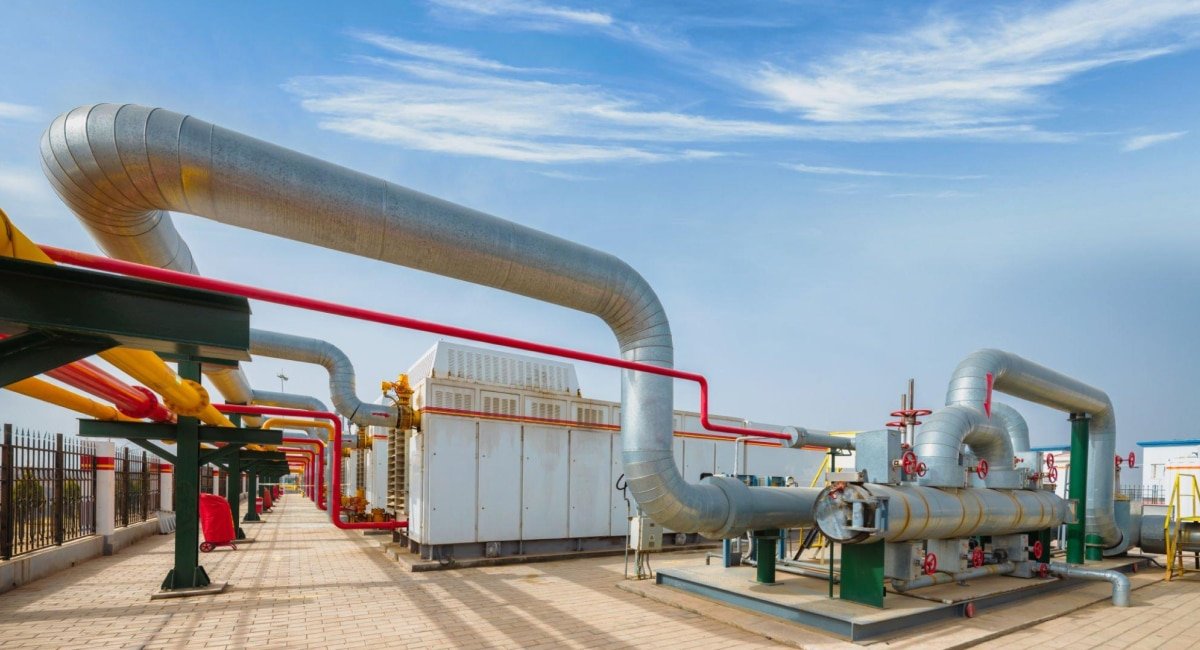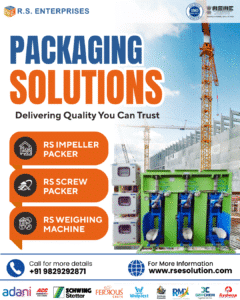
Cement Bagging Machine Performance
Cement is a crucial material in the construction industry and packaging it efficiently is essential for distribution and use. One of the key tools in this process is the cement bagging machine. These machines are designed to fill bags with cement quickly and accurately. However, their performance heavily depends on various factors, with pressure being one of the most critical. In this article, we’ll explore why pressure is so important for cement bagging machines and how it affects their operation.
The Importance of Pressure for Cement Bagging Machine Performance
Pressure plays a vital role in the efficient operation of a cement bagging machine. Let’s break down the key aspects of pressure and how they impact the machine’s performance:
Air Pressure for Material Flow
In a cement bagging machine, air pressure is used to move the cement powder through the system. Without adequate pressure, the cement won’t flow smoothly, leading to slower filling times and potential blockages. The right amount of pressure ensures that the cement moves freely from the storage bin to the filling spout.
Consistent Head Pressure
Head pressure refers to the weight of the cement sitting above the filling mechanism. Maintaining a consistent head pressure is crucial for accurate bag filling. If the level of cement in the supply bin fluctuates too much, it can lead to inconsistent bag weights. This is because the flow rate of cement changes based on how much is pressing down from above.
Pressurized Air for Fluidization
Many cement bagging machines use a technique called fluidization to keep the cement powder flowing smoothly. This involves blowing air through the cement to make it behave more like a fluid. The right air pressure is needed to achieve this effect without causing dust or over-aeration of the cement.
Pressure for Bag Filling Speed
The speed at which bags can be filled is directly related to the pressure in the system. Higher pressure generally means faster filling times, which leads to increased productivity. However, the pressure must be carefully controlled to avoid overfilling or damaging the bags.
Pressure Control for Weight Accuracy
Accurate bag weights are crucial in the cement industry. The pressure in the filling system needs to be precisely controlled to ensure that each bag receives the correct amount of cement. Too much pressure can lead to overfilling, while too little can result in underweight bags.
Pressure for Complete Emptying
At the end of a production run, it’s important for the cement bagging machine to empty completely. This reduces waste and makes cleaning easier. Proper pressure helps ensure that all the cement is pushed out of the machine and into the final bags.
Cement Packaging Machine Suppliers in India
India has a thriving construction industry, and as a result, there are many cement packaging machine suppliers in India. These suppliers offer a range of machines to meet different production needs. When choosing a supplier, it’s important to consider factors such as machine quality, after-sales support, and understanding of pressure requirements.
One notable supplier in India is RS Enterprises, located in Rajasthan. They specialize in manufacturing and supplying cement bagging machines and other packaging equipment. RS Enterprises has gained a reputation for producing reliable machines that take into account the importance of pressure control in cement packaging.
Cement Bagging Machine Maintenance
To ensure optimal pressure performance, regular maintenance of cement bagging machines is essential. This includes:
- Checking and cleaning air filters
- Inspecting air lines for leaks
- Calibrating pressure gauges
- Cleaning pressure relief valves
- Ensuring proper lubrication of moving parts
Regular maintenance helps prevent pressure-related issues and keeps the Cement packaging Machine running smoothly.
Common Pressure-Related Problems
Even with proper maintenance, cement bagging machines can sometimes experience pressure-related problems. Some common issues include:
- Inconsistent bag weights due to fluctuating pressure
- Slow filling times caused by insufficient air pressure
- Blockages in the system due to improper pressure balance
- Dust emissions from over-pressurization
- Incomplete emptying of the machine at the end of production runs
- Identifying these problems early and addressing them promptly can help maintain the efficiency of the cement bagging machine.
Improving Cement Bagging Machine Performance
To optimize the performance of a cement bagging machine, consider the following tips:
- Ensure proper installation of air supply systems
- Use appropriate blowers designed for cement bagging machines
- Maintain consistent levels in the supply bin to stabilize head pressure
- Regularly calibrate and adjust pressure settings
- Train operators on the importance of pressure control
- Monitor and record pressure readings to identify trends or issues
By focusing on these areas, you can significantly improve the speed, accuracy, and reliability of your cement bagging machine.
Conclusion
Pressure is a critical factor in the performance of cement bagging machines. It affects everything from filling speed to weight accuracy and overall efficiency. By understanding the role of pressure and taking steps to maintain proper pressure levels, cement producers can significantly improve their packaging operations. Whether you’re using a machine from RS Enterprises in Rajasthan or another supplier, paying attention to pressure will help you get the most out of your cement bagging machine.
FAQs
Why is pressure important in a cement bagging machine?
Pressure is crucial for moving cement through the machine, controlling filling speed, ensuring weight accuracy, and achieving complete emptying of the machine.
How does head pressure affect cement bagging?
Head pressure, which is the weight of cement above the filling mechanism, impacts the flow rate and consistency of cement filling. Maintaining stable head pressure helps achieve consistent bag weights.
What problems can occur if the pressure is too low in a cement bagging machine?
Low pressure can lead to slow filling times, inconsistent bag weights, and incomplete emptying of the machine at the end of production runs.
How often should I maintain my cement bagging machine to ensure proper pressure?
Regular maintenance, including daily checks and more thorough weekly or monthly inspections, is recommended to keep the machine operating at optimal pressure levels.
Are there different pressure requirements for different types of cement?
Yes, different cement types may require slightly different pressure settings due to variations in particle size and flow characteristics.
How can I improve the pressure performance of my cement bagging machine?
Ensure proper installation, use appropriate blowers, maintain consistent supply bin levels, regularly calibrate settings, and train operators on pressure control.
What should I look for when choosing a cement packaging machine supplier in India?
Look for suppliers with a good reputation, quality machines, understanding of pressure requirements, and reliable after-sales support. RS Enterprises in Rajasthan is one example of a reputable supplier.

